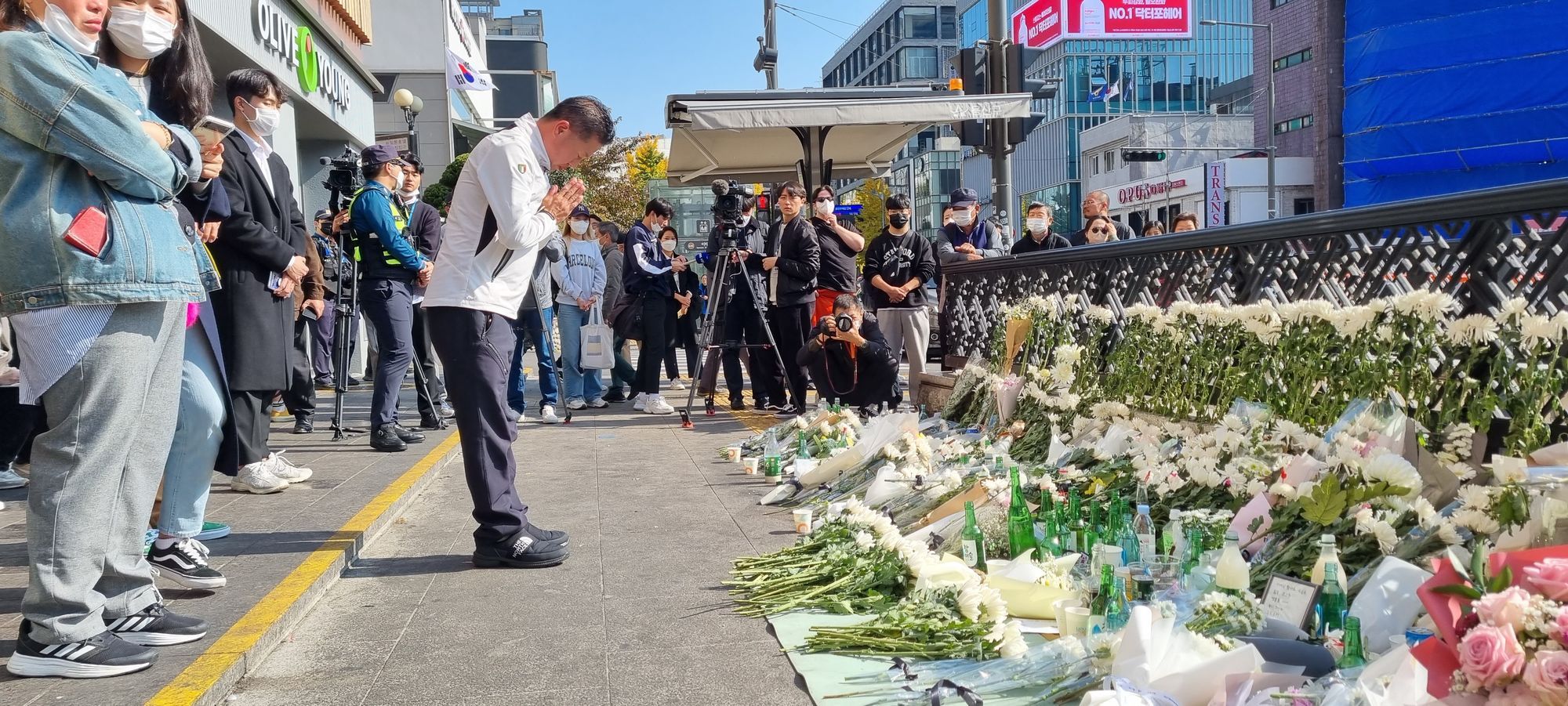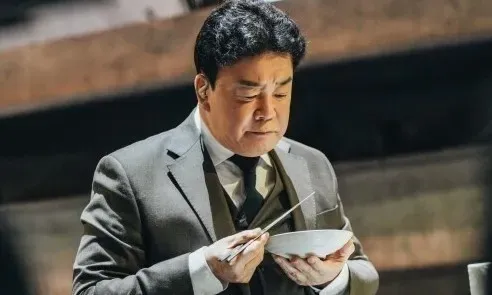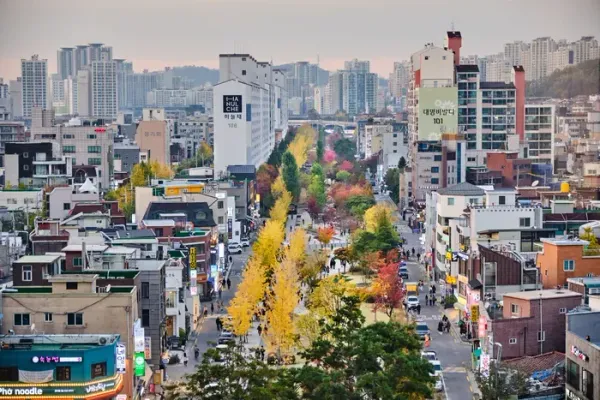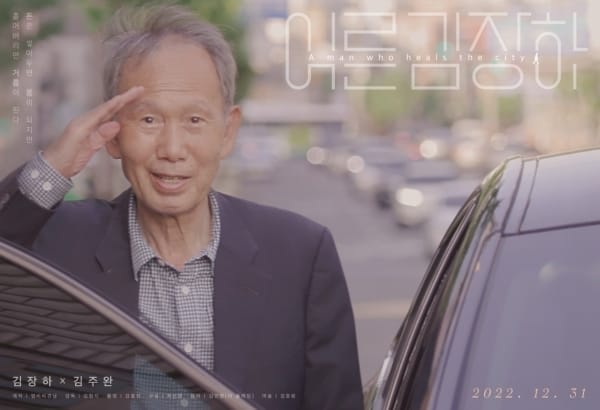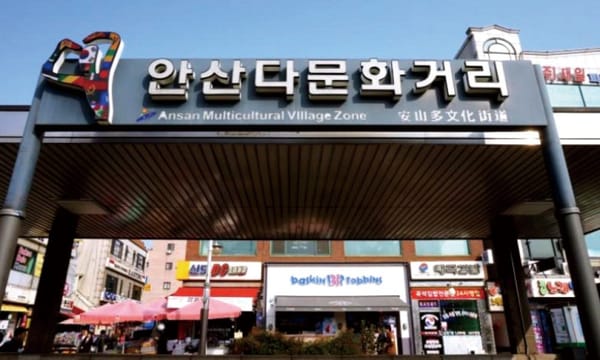Photo: South Korean public pays respect at the makeshift memorial outside of the Itaewon subway station. Credit: the Blue Roof.
An investigation following the October 29 Itaewon Disaster found egregious failures by the police, local government and the Yoon Suk-yeol 윤석열 administration. Before the crowd surge that killed 158 began around 10:15 p.m., at least eleven phone calls to the police from concerned citizens specifically warned of the possibility of crushing deaths in the narrow alley where most of the deaths occurred.
By 6 p.m. that evening, Itaewon Police Substation 이태원 파출소 had already messaged the Seoul Metropolitan Police Agency 서울경찰청 to “desperately request 간절히 요청” backup from the larger police agency’s mobile units, which have thousands of policemen and women. The Itaewon substation had been tasked with covering an area four times larger than it had in 2021 because there were fewer emergency calls the preceding year, a negligent decision that overlooked the effects of 2021’s social-distancing guidelines on foot traffic.
Not a single mobile unit reported to the scene, although nine units - about 540 officers - were present in Yongsan-gu District alone. An additional 200 officers were guarding the empty presidential residence under construction in nearby Hannam-dong 한남동. The residence was unoccupied at the time, as President Yoon Suk-yeol 윤석열 대통령 has yet to move into the new residence built because of his move out of the Blue House 청와대. Yongsan Police Station chief Lee Im-jae 이임재 용산경찰서장 reported to the scene, but merely watched from the roof of the police station as revelers were crushed less than 100 meters away. Lee did not make any report to his superiors at the Seoul Metropolitan Police Agency until 11:36 p.m., over an hour after the disaster began.
Yongsan-gu District Office 용산구청, whose jurisdiction includes the Itaewon neighborhood, dispatched only 30 personnel, and tasked them mainly with ticketing illegally parked cars. Yongsan-gu District chief Park Hee-yeong 박희영 용산구청장 was on the scene twice, at 8:20 p.m. and 9:30 p.m., and did nothing despite a flood of emergency phone calls being made at the time. None of the 30 district office staffers reported the incident to Park, who was first informed by a local merchant. Park then reported the accident to her former boss, Unification Minister Kwon Yeong-se 권영세 통일부장관, whose official duties have nothing to do with public safety. Park did not contact the police or fire services.
The Yoon administration, meanwhile, has come under fire for directing most of the police force in Itaewon to focus on drug-related offenses rather than public safety. Only 58 of the 137 police officers in Itaewon at the time were in uniform; the rest were plainclothes narcotics officers. Five days before the disaster, President Yoon Suk-yeol 윤석열 대통령 instructed Prime Minister Han Deok-su 한덕수 국무총리 to conduct a “society-wide war against drugs 전사회적인 마약과의 전쟁”. Earlier in the day on October 29, police tipped off newspapers that there would be a large drug bust in Itaewon that evening; the police made zero drug-related arrests that night.


